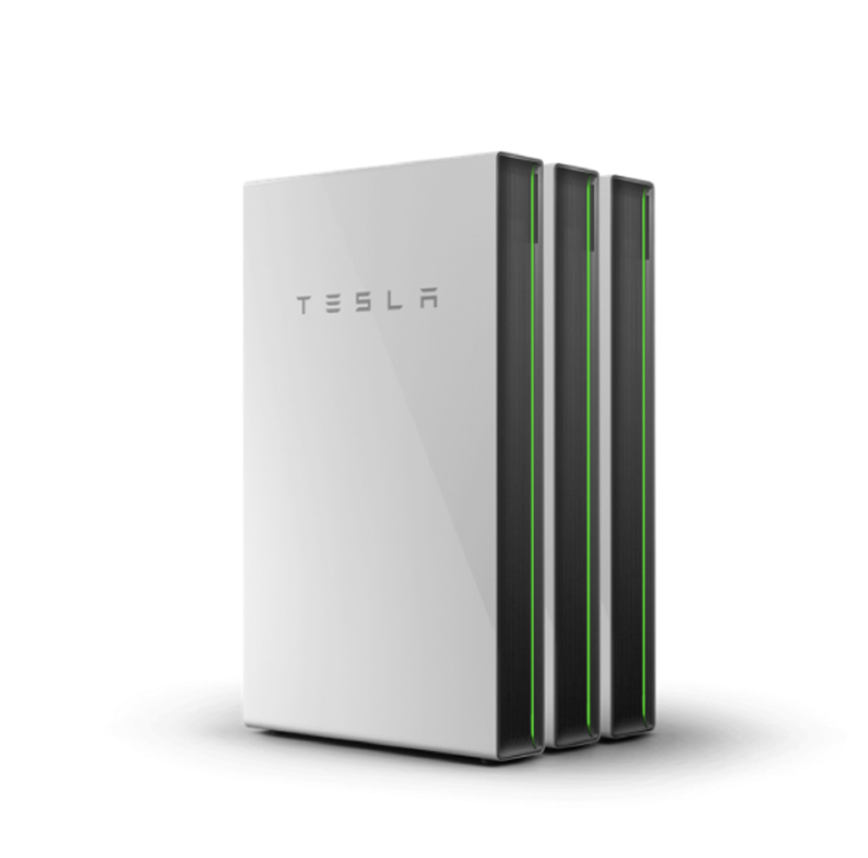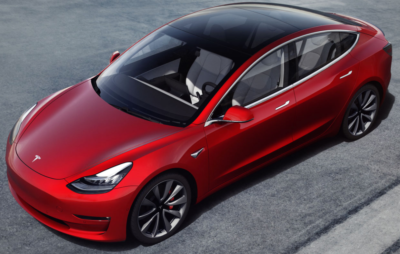Did you know that you may soon be able to get a $47,000 Tesla Model 3 Long Range for $200/month?
When I evaluated the incentives for the Tesla Powerwall, added in the current incentives from utility companies, considered Tesla Autobidder, made note of all the buzz about Vehicle to Grid technology, and just did the math, it works out!
Update: Lucid Air EVs include V2G
Very interesting that during the Lucid Motors public event on September 9th, 2020, they announced that all their cars will have built-in Vehicle To Grid (V2G) capabilities using their branded Wunderbox battery management system. Something to watch!

Full bi-directionality for advanced Vehicle-to-Everything (V2X) capabilities built-in for future enablement of Vehicle-to-Grid (V2G) and Vehicle-to-Vehicle (V2V) features
https://www.lucidmotors.com/media-room/lucid-air-fastest-charging-ev
Calculating a $200/month Tesla
Let’s work through the math.
First, we are going to use the Tesla Powerwall to show the value of connecting a large storage battery to the grid. The list price of a standard Powerwall is $6,500 and it is 13.5 KWH (kilowatt-hours).
There are current incentives for connecting your Powerwall to the grid that will pay you back. The Utilities are doing this for better peak power management and grid reliability. For this analysis, I’ll just use the $108/month that Matt Ferrell suggests in this video. As of this writing, the incentives are primarily/exclusively in California and parts of the North-East. (Note: Matt has incredible content and is a must-follow if you’re interested in EVs, solar panels, renewable energy, smart home technology, etc.)

For this analysis, I’m going to ignore the connection hardware and systems. These are non-negligible costs, but the Vehicle-To-Grid (V2G) systems are also in their infancy, so this is just a guestimate of what might be possible in an ideal world a few years from now.
Here is a simple analysis
A 13.5 KWH Powerwall battery could be worth $108/month (beyond its primary purposes) if it is connected to and allowed to be controlled by the grid. What might an Electric Vehicle (EV) be worth? Let’s use the Tesla Model 3 Long Range with a 75KWH battery. We will just scale up the value based on the battery size to get $600/month.
$108 * 75 KWH / 13.5 KWH = $600What does the Model 3 cost? Let’s just use list price and ignore tax, title, insurance, etc. We will use 7% and a 6-year auto loan for this example.
PMT on $47,000 @ 7% for 6 years = $801/monthAnd calculate the net:
$801 - 600 = $199/month$199/month Tesla M3 Long Range
Is this too good to be true? Yes definitely, but it dramatically shows where we could be heading.
My other big point here is that for EV owners, the future is V2G (Vehicle-to-Grid) and not Powerwalls. Yes, battery and control systems need to be developed to support this ideal idea and we are not there today. A fundamental part of an EV is the battery and that battery is meant for charging and discharging. The exact same as the Powerwall (grid battery).
For the majority of homeowners in developed countries, a Powerwall used for home energy backup would go unused the VAST MAJORITY of the time just like the backup generators which some people purchase. My position is that Vehicle-To-Home is an ideal near-zero cost replacement for Powerwalls. It makes sense because once the WIRES&CONTROLS are available, there is nothing more to buy! There is nothing more to do! We already plug our EVs in. (Well, it is not quite that simple, but you get the idea.)
I believe the adoption of further connection of home batteries will continue and expand to the grid through programs like Tesla’s AutoBidder. So, it just seems logical to use the large batteries in our Electric Vehicles to supply that energy.
It seems that the current state of the technology for connecting home batteries to the grid is not that smart. I have been told that they will stress your battery by completely charging and discharging it without any consideration for the impact on the battery life. It is interesting to note, that Tesla’s AutoBidder platform specifically states that it will protect warranties of batteries (which should include Tesla Cars once they release V2G) that are under the management of their system.
Asset owners can be assured that energy storage warranties are protected under Autobidder management. Drawing on Tesla’s deep understanding of battery system physics down to the cell level, Autobidder actively determines the cost and benefit of every potential action, inclusive of revenues streams, warranties and maintenance agreements, to maximize net present value of the asset.
https://www.tesla.com/support/autobidder
Below is my Google Sheet of the very simplified calculations discussed above.

Tesla (and Elon) have already stated that once there is a large enough fleet of EVs available, there are tremendous possibilities in V2G technology.
Here are some links for you to investigate further:
Tesla on AutoBidder
Forbes on AutoBidder
Electrek on AutoBidder
Wikipedia Model 3
Tesla Model 3
Sandy Munro on No V2G Currently
Matt Ferrell on Powerwalls and Grid Batteries
